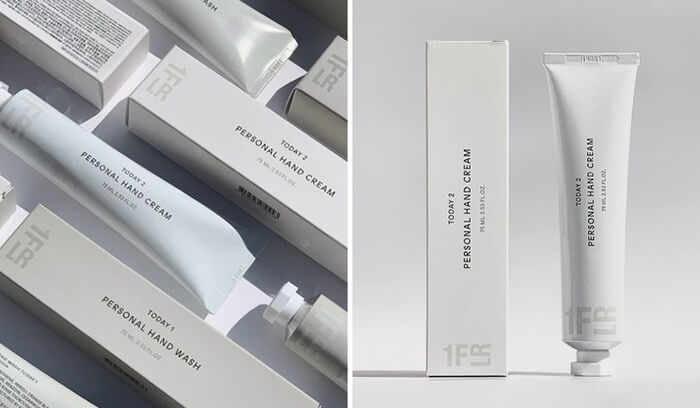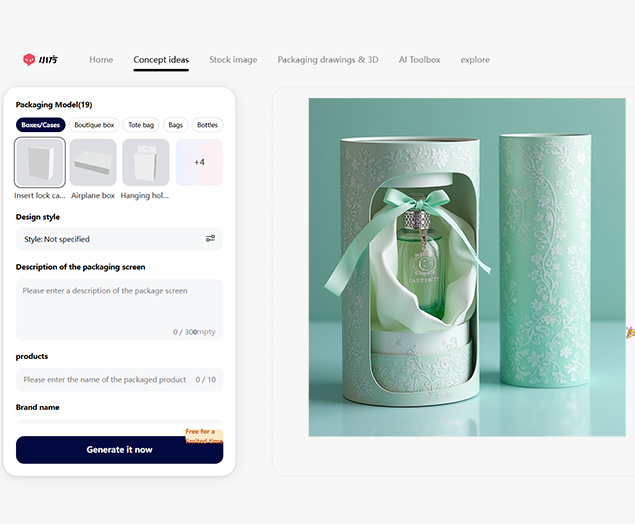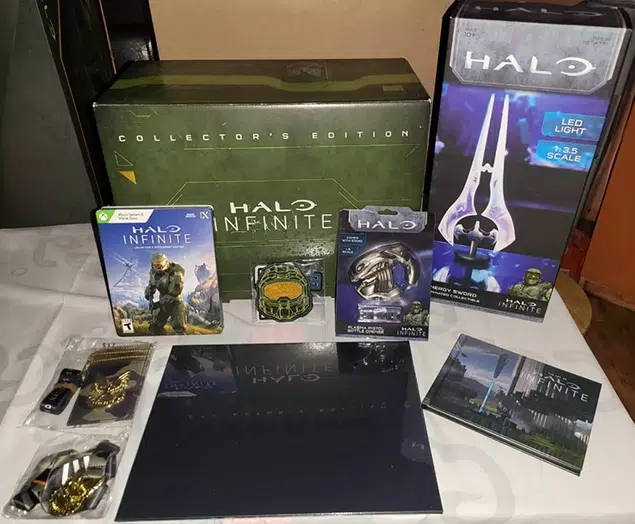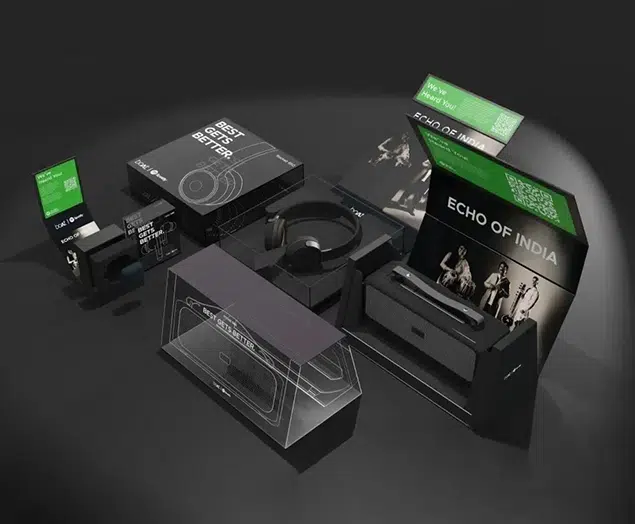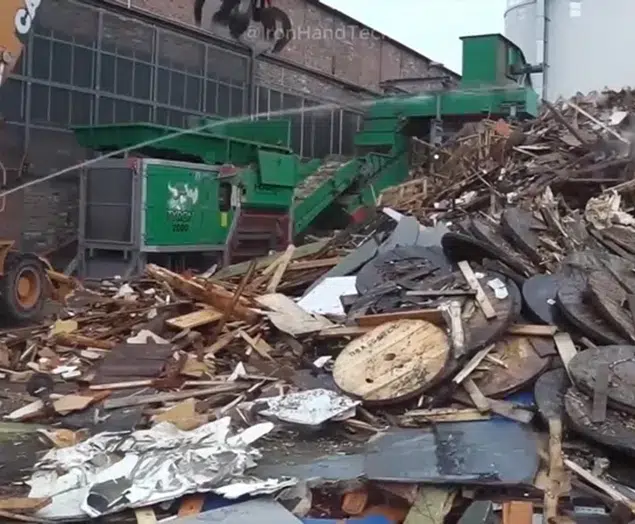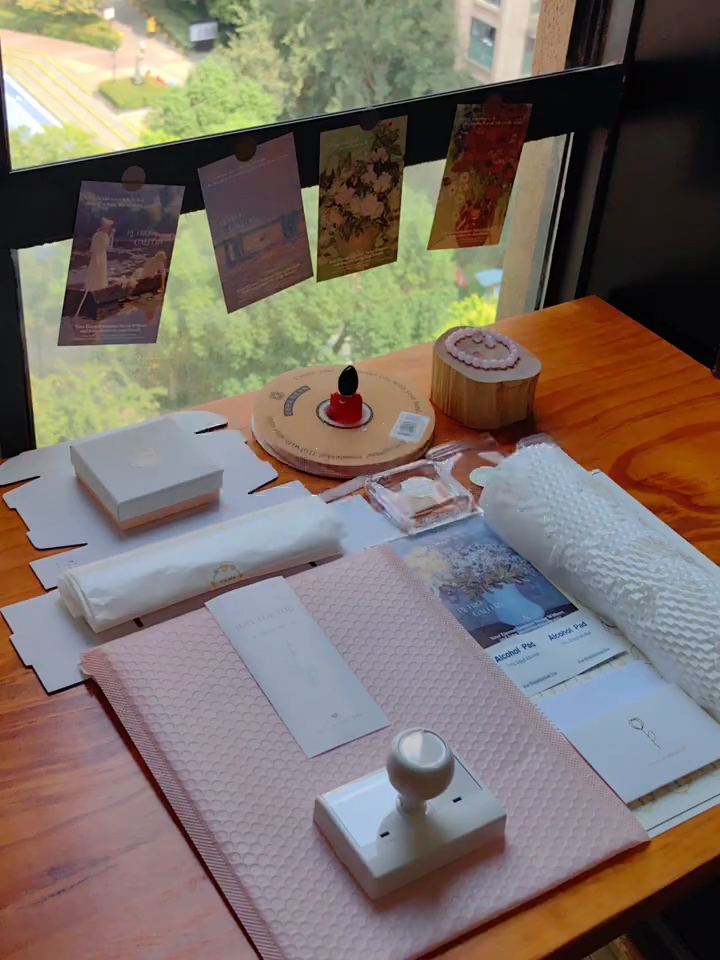Best Subscription Box Packaging Design Ideas for 2024 (Templates, Sizes, Materials)
Subscription boxes have become a popular way for consumers to discover new products and for businesses to build brand loyalty. In 2024, packaging design continues to play a crucial role in the success of these services. Here, we explore innovative design strategies, templates, sizes, and materials for subscription box packaging, as well as the top design ideas for 2024.
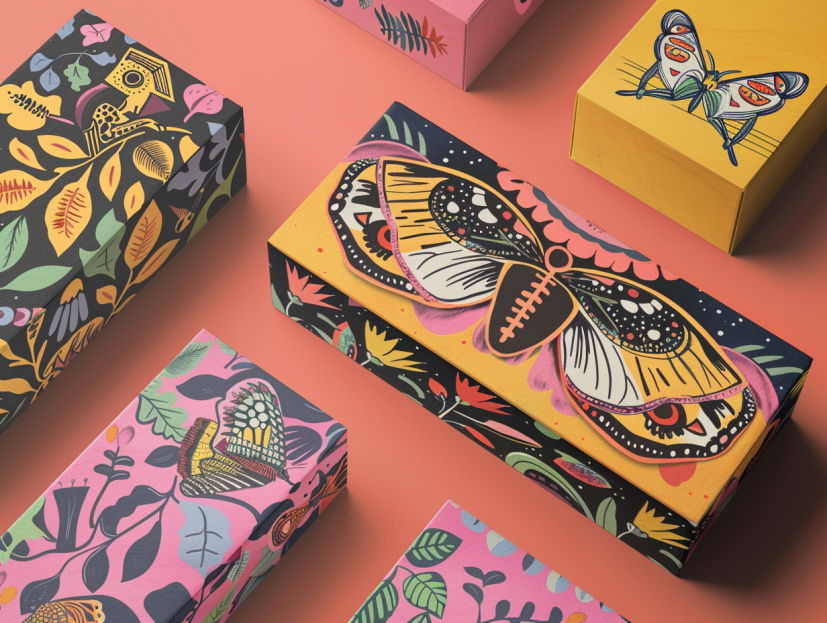
Subscription Box Packaging Design
Packaging is more than just a protective shell for your products; it’s a powerful marketing and communication tool. A well-designed package can differentiate your brand, act as a sales strategy, and become a key element of customer retention.
Defining your box’s visual identity involves considering the shapes, colors, logos, and illustrations that represent your brand. Successful examples like Birchbox and Le petit Ballon demonstrate the potential for packaging to become instantly recognizable symbols of your brand. To help you customize the right Subscription box packaging for your products, KALI packaging design experts share useful tips in templates, dimensions, and materials:
Subscription Box Design Templates
Templates for subscription boxes should be versatile to accommodate various themes and products. Subscription box templates are pre-designed structures that serve as a starting point for creating the physical packaging of your subscription box. These templates can be easily customized to fit various dimensions, themes, and design elements that align with your brand identity. Here is an overview of different types of subscription box templates and how they can be used to enhance your packaging design.
These are customizable shipping boxes that usually have interlocking flaps and wings to make them easy to assemble without the need for adhesive tape. They can be designed with a die-cut pattern that allows for unique shapes and windows, adding a creative touch to the unboxing experience.
- Roll End Tuck Top (RETT) Boxes
RETT boxes are perfect for subscription services because they are sturdy and easy to open. The top tucks into the box, providing a smooth unboxing process. The design can include a die-cut window or be printed with vibrant patterns.
- Corrugated Cardboard Boxes
A standard in shipping, corrugated boxes provide excellent protection for the contents. With a subscription box template, these can be designed with custom inserts to secure the products and printed with high-quality graphics on the outside.
- Rigid Boxes
If your subscription service offers premium products, a rigid box template might be suitable. These boxes are made from heavier cardboard and are not collapsible, giving them a high-end feel. They can be covered in textured paper, have magnetic closures, or include foam inserts.
- Pillow Boxes
Pillow box templates are ideal for smaller items and can serve as an attractive packaging solution for jewelry or accessories. They have a distinctive shape that makes them stand out and can be easily personalized with your brand’s colors and logo.
- Sleeve Boxes
Sleeve box templates consist of a tray and a sleeve that slides over it. This type of packaging adds an element of surprise to the unboxing experience and provides double the surface area for branding and design.
- Fold-and-Assemble Boxes (FAB)
These templates are flat-packed and require folding along pre-scored lines to assemble. They are cost-effective, easy to store, and can be fully printed with custom designs, making them popular for many subscription box companies.
- Gable Boxes
Gable box templates offer a convenient built-in handle and a distinctive look. They are great for creating a “gift-like” experience and can be customized with brand-specific designs and messaging.
For brands committed to sustainability, templates for eco-friendly boxes are made from recycled materials and can be recycled after use. They can be designed to minimize waste and often use plant-based inks for printing.
- Custom-Shaped Boxes
Sometimes, off-the-shelf templates aren’t enough. Custom-shaped box templates are made to order and can fit the exact size and shape of your products, providing a snug fit and reducing the need for additional packaging material.
Using Subscription Box Templates
When using templates, consider the following:
- Size and Fit: Ensure the template size matches your product dimensions and provides adequate protection.
- Branding: Customize the template with your brand’s colors, logos, and design elements.
- Material: Choose a material that aligns with your brand values and product needs, whether that’s sturdy cardboard for protection or lightweight paper for smaller items.
- Print Quality: High-quality print can make a significant difference in the perceived value of your subscription box.
- Sustainability: Consider eco-friendly options that appeal to environmentally conscious consumers.
By selecting the right subscription box template and customizing it to meet your brand’s requirements, you can create an effective and memorable packaging solution that resonates with subscribers and supports your marketing efforts.
Subscription Box Sizes & Dimensions
When it comes to subscription box sizes, it’s essential to balance the need for protective and cost-effective packaging with the desire to create an exceptional unboxing experience. The size of the box should be appropriate for the items inside, minimizing movement and potential damage, while also considering shipping costs, which can be affected by the package dimensions and weight. Here’s a guide to help you choose the right subscription box sizes:
Small Subscription Boxes
- Dimensions: Typically around 6” x 4” x 2” to 8” x 6” x 4”
- Best For: Jewelry, cosmetics, small accessories, or sample-sized products.
- Advantages: Lower shipping costs due to size and weight; ideal for monthly deliveries of small items.
Medium Subscription Boxes
- Dimensions: Commonly found in sizes like 10” x 8” x 4” or 12” x 9” x 6”
- Best For: Standard-sized apparel items, multiple beauty products, small home goods, or a mix of various sized items.
- Advantages: Offers more room for branding and design without significantly increasing shipping costs.
Large Subscription Boxes
- Dimensions: Ranging from 14” x 10” x 6” to 20” x 16” x 8” or larger.
- Best For: Bundled products, larger clothing items, home electronics, gourmet food boxes, or premium subscription services.
- Advantages: Ample space for creative packaging solutions and a more extensive unboxing experience.
Custom Sizes
- Dimensions: Tailored exactly to your product needs.
- Best For: Unique products that don’t fit into standard box dimensions or subscription services that want to provide a custom unboxing experience.
- Advantages: Reduced waste, potentially lower shipping costs, and a box that fits the product perfectly.
Considerations for Choosing Subscription Box Sizes
- Product Protection: The box should be large enough to fit the products securely, with room for protective packaging materials if necessary.
- Shipping Costs: Understand that carriers charge by dimensional weight (size) or actual weight, depending on which is greater. Optimize box sizes to avoid paying for unused space.
- Presentation: The unboxing experience is part of your brand. A box that’s too large may make the contents look sparse, while an overly tight box could damage the goods or make the package difficult to open.
- Sustainability: Consider the environmental impact of your packaging. A smaller, well-designed box can minimize waste and appeal to eco-conscious consumers.
- Storage and Handling: Larger boxes take up more storage space and may be more cumbersome to handle during fulfillment.
- Modularity: Some subscription services use modular box sizes that can be easily scaled depending on the number of items or the size of products being shipped that month.
- Customer Preferences: Gather feedback from subscribers about their preferences and observe trends in packaging sizes within your industry.
- Cost Efficiency: Analyze the cost implications of different box sizes, including not just shipping but also storage and the cost of packaging materials.
By considering these factors, you can choose subscription box sizes that meet your business needs and enhance customer satisfaction. Remember, the size of the box is a significant part of your customer’s first physical impression of your brand, so it’s essential to get it right. Dimensions can range from small parcels to larger boxes, depending on the items included. The key is to ensure that the packaging is not only visually appealing but also functional and cost-effective.
Subscription Box Packaging Materials
When selecting materials for subscription box packaging, businesses must consider factors like protection, design, sustainability, cost, and customer experience. Here’s a rundown of common packaging materials used for subscription boxes:
Corrugated Cardboard
- Usage: The most common material for the exterior box.
- Advantages: Durable, lightweight, and recyclable. It provides good protection and can be printed with brand designs.
- Variations: Comes in various thicknesses/flutes for different levels of protection.
Paperboard or Chipboard
- Usage: For lighter items and inner packaging, such as dividers or product sleeves.
- Advantages: Lightweight and easy to print on, offering a smooth surface for high-quality graphics.
- Considerations: Not as strong as corrugated cardboard.
Kraft Paper
- Usage: As void fill or wrapping within the box.
- Advantages: Flexible, recyclable, and gives the box an organic look and feel.
- Considerations: May not provide as much cushioning as other fill materials.
Bubble Wrap
- Usage: To wrap and protect fragile items inside the box.
- Advantages: Good cushioning properties. Available in biodegradable options.
- Considerations: Not the most eco-friendly unless you choose a biodegradable or recycled variety.
Foam Inserts
- Usage: For high-end products requiring additional protection.
- Advantages: Can be custom cut to fit specific items, provides excellent protection.
- Considerations: Less environmentally friendly and typically more expensive.
Air Pillows and Inflatable Packaging
- Usage: To fill voids and cushion products during shipping.
- Advantages: Lightweight and reduces shipping costs; can be recycled with plastics.
- Considerations: Requires a machine to inflate, and may not be as environmentally friendly unless using recycled materials.
Biodegradable Packing Peanuts
- Usage: For loose-fill in boxes.
- Advantages: Eco-friendly alternative to Styrofoam peanuts, decomposes in water or compost.
- Considerations: Can be more costly than traditional packing peanuts.
Tissue Paper
- Usage: For decorative and protective wrap-around products.
- Advantages: Enhances the unboxing experience; can be printed with brand logos or designs.
- Considerations: Offers minimal protection and is usually used for presentation.
Molded Pulp
- Usage: For trays or inserts molded to fit specific items.
- Advantages: Made from recycled materials, recyclable, and biodegradable.
- Considerations: Can be more expensive and less versatile than other materials.
Cornstarch Packaging
- Usage: As an alternative to plastics for items like air pillows.
- Advantages: Biodegradable and compostable, made from renewable resources.
- Considerations: Not as widely available and can be pricier.
Sustainable Alternatives
- Options: Recycled plastics, plant-based plastics, mushroom packaging, and seaweed-based materials.
- Advantages: Reduce environmental impact and appeal to eco-conscious consumers.
- Considerations: Can come with higher costs and may have limited availability.
Additional Considerations
- Branding: Ensure that materials can be printed on or labeled effectively to represent your brand.
- Customer Preferences: Stay informed about customer sentiment towards packaging sustainability and practicality.
- Cost: Balance material choices with cost considerations to maintain profitability without compromising quality.
- Local Regulations: Be aware of local recycling guidelines and regulations to ensure your packaging materials are compliant.
By choosing the right combination of these materials, subscription box companies can create packaging that not only protects their products but also aligns with their brand values and resonates with their customers’ values, particularly as eco-friendly practices become increasingly important to consumers.
Top 10+ Subscription Box Packaging Design Ideas for 2024
To boost the value of your subscription boxes, the design of your packaging can be just as important as the items inside. For 2024, here are the top 10 Subscirption box packaging design ideas that are shaping the market and influencing customer engagement:
- Dynamic and Ultra-Colorful Photo Montages: Engage customers immediately with a vibrant collage that tells the story of your brand and the contents within.
- Illustrations That Pop: Create a visual feast with illustrations that appear to leap off the packaging, offering a sense of depth and interactivity.
- Seasonal Patterns: Delight subscribers with packaging that changes with the seasons, offering a fresh and timely unboxing experience every month.
- Themed Designs with Mixed Patterns: Use the box’s surfaces creatively by mixing illustrations and patterns to give each subscription delivery its own unique flair.
- Solid Colors with Strategic Accents: Utilize color theory to evoke emotions or represent themes, using solid colors accented by thoughtful graphics or text.
- Minimalist and Clean Design: Embrace simplicity with clean lines and simple typography to convey modern sophistication.
- Bold and Vibrant Colors: Make a statement and capture attention with a palette that’s aligned with your brand identity and designed to stimulate positive responses.
- Custom Illustrations: Differentiate your brand with custom artwork that reflects your ethos and resonates with your audience on a personal level.
- Interactive Packaging: Offer subscribers an experience by incorporating elements like pull-out tabs, hidden compartments, or pop-up features that make unboxing a delight.
- Sustainable Packaging: Show your brand’s commitment to the environment with eco-friendly materials and designs, appealing to the growing demographic of eco-conscious consumers.
- Personalization: Enhance the customer’s sense of exclusivity and connection to your brand with personalized messages or designs tailored to their preferences.
- Typography: Make a typographic impact with fonts that match your brand’s voice, ensuring readability and strong visual appeal.
- Texture and Finishes: Add a dimension of touch to your boxes with various textures and finishes, such as embossing or spot UV, to elevate the perceived value.
These design strategies not only aim to create an aesthetically pleasing package but also work to build a stronger emotional connection between your brand and your customers. Incorporating these ideas into your subscription box design can lead to greater customer satisfaction, increased word-of-mouth marketing, and a solidified brand identity. Whether through vibrant colors, interactive features, or sustainable materials, the goal for 2024 is clear: create a memorable and shareable unboxing experience that subscribers eagerly anticipate each month.
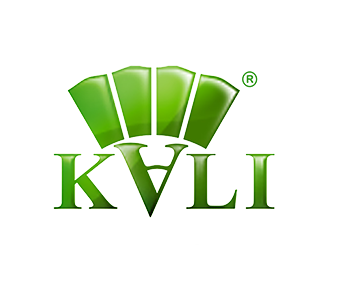
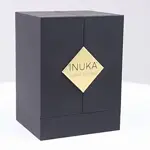
Top 10 Creative Cosmetic Packaging Design Ideas & illustrations 2023 | Luxury-Paper-Box.Com
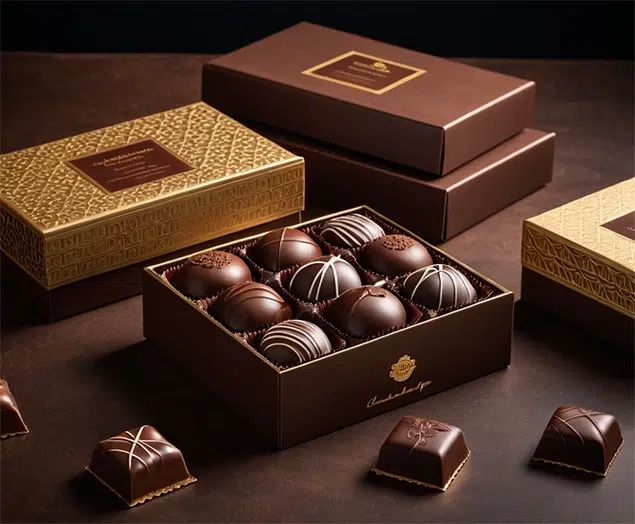
Best Chocolate Packaging Designs of 2025
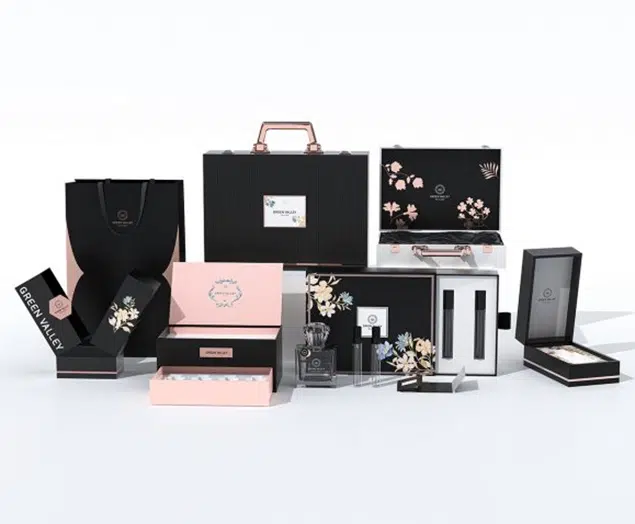
Perfume Packaging Design Trends 2025
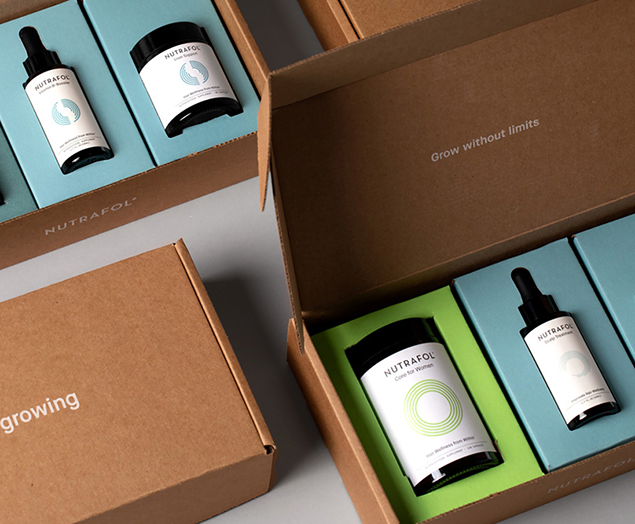
How E-commerce Packaging Wins Hearts (and Wallets)
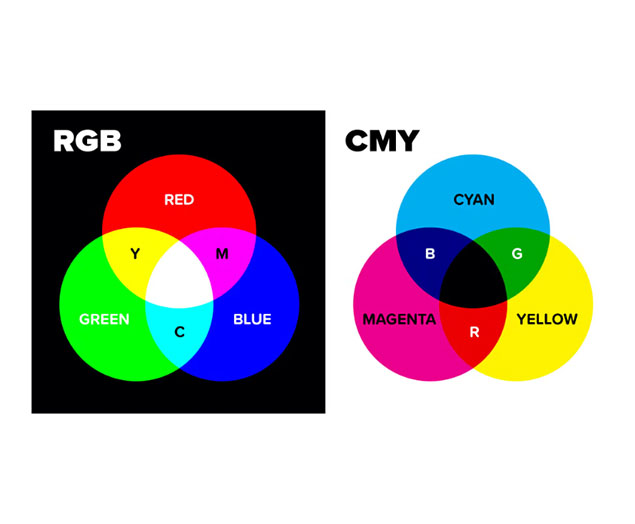


 kali@luxury-paper-box.com
kali@luxury-paper-box.com
